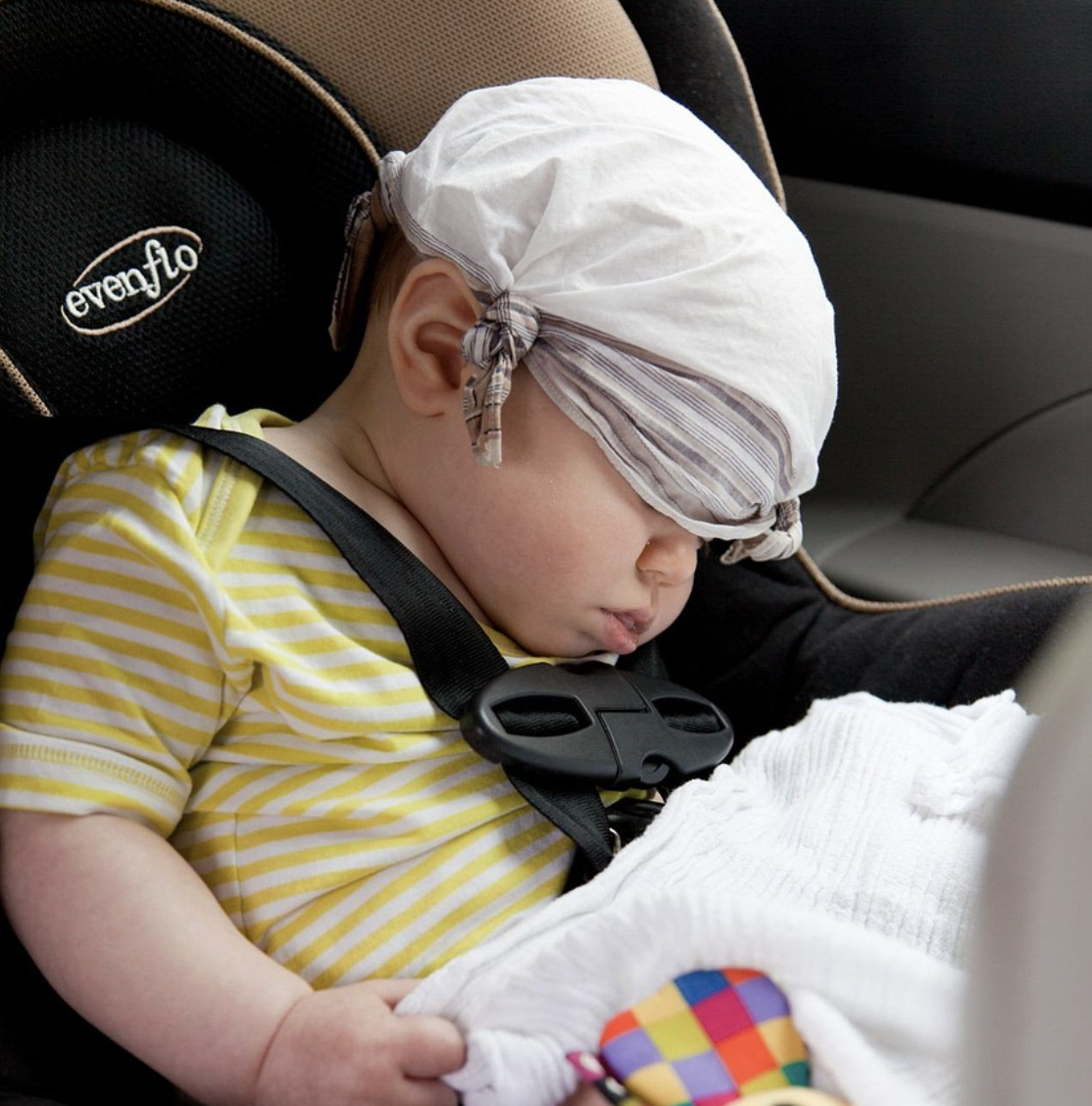Why Getting In and Out of the Car Can Be So Hard for Neurodivergent Kids — And What We Can Do About It
For many families, hopping into the car is just another part of the daily routine. But for families of neurodivergent (ND) children, transitioning into and out of the car can feel like a battleground, filled with overwhelm, delays, distress, and sometimes even meltdowns. Understanding why this simple act is so taxing can help us, as occupational therapists and parents, find practical, compassionate solutions.
🚗 Why Is the Car Transition So Hard?
Transitioning in and out of the car isn’t just a motor task; it’s a sensory, emotional, cognitive, and behavioural challenge, all rolled into one. For ND children (including those with autism, ADHD, sensory processing differences, and developmental delays), several layers of difficulty may be at play.
1. Sensory Overload
Car transitions often involve:
Bright or changing light (sun glare, shadows)
Unexpected sounds (car beeps, traffic noise)
Touch discomfort (seatbelt tightness, hot/cold seat, scratchy fabrics)
Movement sensitivity (gravitational insecurity during stepping or climbing in)
According to the Sensory Integration and Praxis Tests (Ayres, 1989) and later research on the Sensory Profile 2 (Dunn, 2014), children with sensory modulation difficulties often react strongly to changes in movement and environment. The car environment is rarely predictable, and the sudden shifts can overwhelm a sensory-sensitive child.
2. Executive Function Demands
Planning and sequencing are required to approach the car, open the door, climb in, and secure the seatbelt.
Cognitive flexibility is needed to switch from what they were doing before (e.g., leaving the playground or home) to a travel mindset.
These demands can overload children with ADHD or autism who may already struggle with transitions.
3. Emotional Regulation and Anxiety
Leaving a preferred activity or anticipating an unpredictable destination (school, shops, an unfamiliar place) can trigger anticipatory anxiety. Emotional dysregulation is a common co-occurrence in ND children and is often linked to both interoception difficulties and poor predictability (Porges, 2011 – Polyvagal Theory).
4. Motor Planning and Body Awareness Challenges
Children with dyspraxia, low muscle tone, or coordination difficulties often struggle with physically climbing into the car or managing tight spaces. They may appear reluctant, but in fact, they are unsure how to organise their movements.
What Can OTs Do? Intervention Options That Work
As occupational therapists, we can offer layered and individualised solutions based on sensory integration principles, environmental adaptation, motor learning, and co-regulation strategies.
1. Sensory-Based Interventions
Desensitisation and simulation: Use play-based scenarios to rehearse car transitions in a calm setting (e.g., pretend car rides indoors).
Create a sensory toolkit: Offer sunglasses, noise-cancelling headphones, chewy necklaces, compression vests, or seatbelt covers.
Adapt the environment: Use car window shades, weighted lap pads, or body socks to create a calming space.
Research link: Sensory-based interventions can reduce behavioural distress and improve adaptive responses during transitions (Baranek, 2002; Schaaf & Mailloux, 2015).
2. Support Executive Function
Use visual schedules and social stories with real photos of the car routine.
Employ first–then boards: e.g., “First buckle in car, then snack or favourite song.”
Provide a timer or transition warning to signal approaching change.
Practical OT tip: Predictability lowers anxiety and improves the child's ability to plan their responses.
3. Motor Planning and Body Awareness
Break the task into smaller steps using backward chaining.
Practise gross motor skills (e.g., climbing in/out of a cubby house or soft obstacle course) to generalise to car movements.
Use verbal cues and modelling: “Step up. Turn. Sit down. Pull the belt. Click.”
Clinical note: Encourage parents to give the child extra time — rushing often results in shutdown or refusal.
4. Co-Regulation and Emotional Support
Coach parents in co-regulation strategies — deep breathing, body squeezes, singing together.
Teach children emotion labelling: "I see you're frustrated. Let’s take a breath together before we hop in."
Use comfort items: a favourite toy, book, or blanket for predictability and connection.
The neuroscience: Co-regulation supports the child’s nervous system in returning to a calmer state (Siegel, 2012; Porges, 2011).
5. Adapt the Task or Environment
Park closer to avoid long walks when fatigue is a barrier.
Use a step stool, car harness system, or door magnets (for tactile feedback and independence).
Trial different seating positions if the space is too tight for movement.
🛑 What NOT to Do
Don’t rush or force the transition — this escalates distress.
Avoid punishment or threats for non-compliance — ND children are often reacting to overwhelm, not being wilfully defiant.
Avoid too many verbal commands at once — ND brains may not process rapid input under stress.
In Summary
Car transitions may seem like a minor moment in the day, but for neurodivergent children, they can represent a perfect storm of sensory, motor, cognitive, and emotional demands. With empathy, preparation, and the right OT-informed supports, we can help families turn daily transitions into manageable, even successful experiences.
If your child struggles with car transitions, know this: you’re not alone, and with the right tools, things can get easier.

